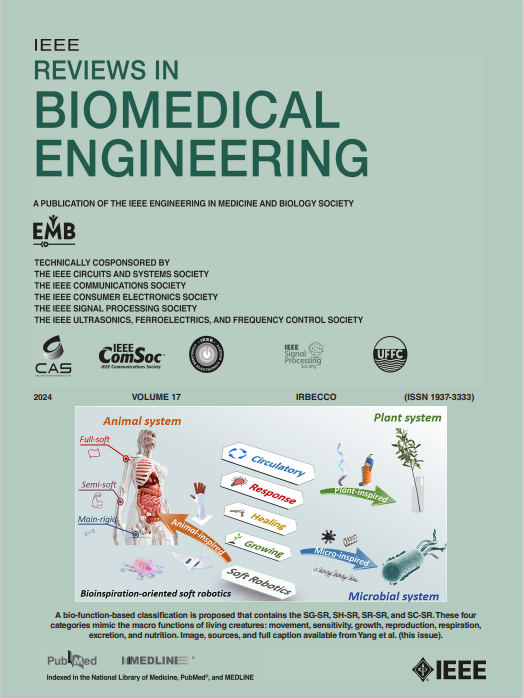Review of Eye Tracking Metrics Involved in Emotional and Cognitive Processes
IF 17.2
1区 工程技术
Q1 ENGINEERING, BIOMEDICAL
引用次数: 50
Abstract
Eye behaviour provides valuable information revealing one’s higher cognitive functions and state of affect. Although eye tracking is gaining ground in the research community, it is not yet a popular approach for the detection of emotional and cognitive states. In this paper, we present a review of eye and pupil tracking related metrics (such as gaze, fixations, saccades, blinks, pupil size variation, etc.) utilized towards the detection of emotional and cognitive processes, focusing on visual attention, emotional arousal and cognitive workload. Besides, we investigate their involvement as well as the computational recognition methods employed for the reliable emotional and cognitive assessment. The publicly available datasets employed in relevant research efforts were collected and their specifications and other pertinent details are described. The multimodal approaches which combine eye-tracking features with other modalities (e.g. biosignals), along with artificial intelligence and machine learning techniques were also surveyed in terms of their recognition/classification accuracy. The limitations, current open research problems and prospective future research directions were discussed for the usage of eye-tracking as the primary sensor modality. This study aims to comprehensively present the most robust and significant eye/pupil metrics based on available literature towards the development of a robust emotional or cognitive computational model.情绪和认知过程中的眼动追踪指标综述
眼睛行为提供了有价值的信息,揭示了一个人更高的认知功能和情感状态。尽管眼动追踪在研究界越来越受欢迎,但它还不是检测情绪和认知状态的流行方法。在本文中,我们综述了用于检测情绪和认知过程的眼睛和瞳孔跟踪相关指标(如凝视、注视、扫视、眨眼、瞳孔大小变化等),重点关注视觉注意力、情绪唤起和认知工作量。此外,我们还研究了他们的参与以及用于可靠情绪和认知评估的计算识别方法。收集了相关研究工作中使用的公开数据集,并描述了它们的规格和其他相关细节。还调查了将眼睛跟踪特征与其他模态(如生物信号)以及人工智能和机器学习技术相结合的多模态方法的识别/分类准确性。讨论了眼动追踪作为主要传感器模式的局限性、当前开放的研究问题和未来的研究方向。本研究旨在根据现有文献,全面呈现最稳健和最重要的眼睛/瞳孔指标,以开发稳健的情绪或认知计算模型。
本文章由计算机程序翻译,如有差异,请以英文原文为准。
求助全文
约1分钟内获得全文
求助全文
来源期刊

IEEE Reviews in Biomedical Engineering
Engineering-Biomedical Engineering
CiteScore
31.70
自引率
0.60%
发文量
93
期刊介绍:
IEEE Reviews in Biomedical Engineering (RBME) serves as a platform to review the state-of-the-art and trends in the interdisciplinary field of biomedical engineering, which encompasses engineering, life sciences, and medicine. The journal aims to consolidate research and reviews for members of all IEEE societies interested in biomedical engineering. Recognizing the demand for comprehensive reviews among authors of various IEEE journals, RBME addresses this need by receiving, reviewing, and publishing scholarly works under one umbrella. It covers a broad spectrum, from historical to modern developments in biomedical engineering and the integration of technologies from various IEEE societies into the life sciences and medicine.
 求助内容:
求助内容: 应助结果提醒方式:
应助结果提醒方式:


